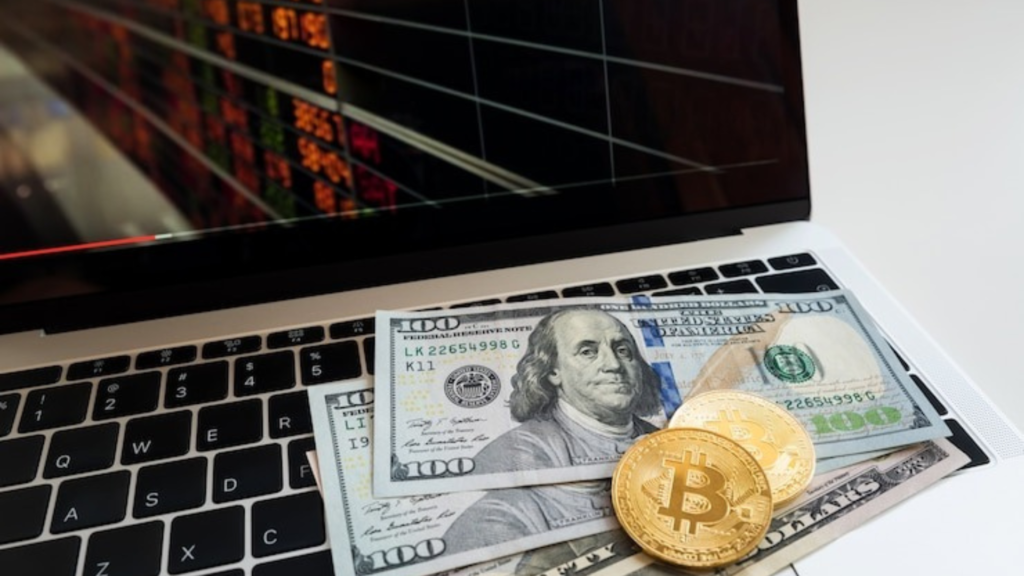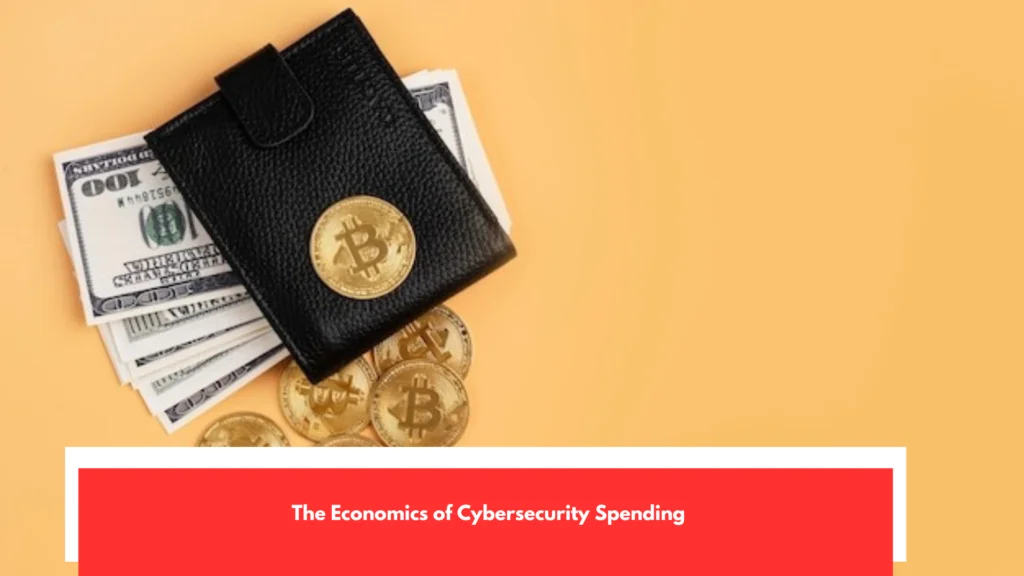The cybersecurity requirements keep evolving. Artificial intelligence (AI), digitalization, and the adoption of cloud technologies are changing the industries, whereas, at the same time, posing risks that IT leaders should address. This report, Cybersecurity Economics, examines the impact of these developments on security approaches of businesses of all size and sectors, big and small firm alike, which also includes at its end the security approach of government entities. AI is creating innovation and efficiency, however.
It also reveals the weaknesses. Automated systems see an increased risk of the entry point by cybercriminals because these systems are frequently using AI-based tools to enhance more advanced forms of the attack. A high rate of digitalization of all industries only increases this challenge, and it becomes extremely essential that security teams would respond to all threats in real-time. In place of concern, organisations are replacing their content as Everything as a Service (XaaS).
Today’s Underground Economy

Cloud infrastructure, which have created subscription-based business approaches that are flexible and scalable. The securing of huge volumes of data through cloud environment monitoring should never stop, and this by far challenges small business organizations with modest IT capacity.
The negative effect of the globalization of supply chain is a challenge to cybersecurity[3]. International networks make things more efficient at the same time that they open vulnerabilities. One failure in a part of the supply chain can spread towards an industry and affect other companies around the globe. Simultaneously, there is an increased desire to focus more on localization and firms seek greater manufacture of goods to enhance resilience nearer their locations. Even though it aids in shrinking global risks, localized operations are still experiencing selective cyberattacks, particularly in such key segments as healthcare, energy, and even the public administration.
The Financial Impact of Cyberincidents

The need to know more about the fragility of the global supply chain came to the fore during the pandemic, and cybersecurity becomes an important sphere in it. In this situation, IT leaders should do their part to protect their supply chain as a whole point instead of their system alone. This will entail carrying out evaluation of security procedures.
Among suppliers, tracking risks, and making sure every partners follow stringent security measures. In the recent past, there were a number of renowned cyberattacks that demonstrated the significant need to have effective cybersecurity. The last hacker attack on big companies reminds the theft of confidential customer data and compromised reputation by the hacker group Lapsus$ in 2022, targeting Microsoft and Okta.
Leadership and Business Decision Making

These trends present great challenges on small and medium-sized businesses (SMBs). The combination of limited budgets and minimal IT personnel does not make it possible to protect against advanced threats, particularly against AI and cloud attacks. Bigger enterprises enjoy more resources but they have the challenge of safeguarding their massive infrastructures stretched in various geographical regions. These issues apply also to the public sector institutions that in many cases have to ensure protection of critical infrastructures and sensitive information under limited budgetary restrictions.
This report takes a closer look at these problems and provides a reflection on the ways in which all-size companies can better be ready to deal with the trends that are changing security. Since AI, digitalization, and use of cloud technology are rapidly transforming industries, IT leaders should focus on adopting security strategies that are capable of chasing down the above megatrends.
Conclusion

Employees, and the large enterprises with above 5000 employees. The poll conducted in 27 countries of key markets where the Kaspersky is done. The list of studied topics is as follows: the analysis of cybersecurity budgets and staffing, industry-specific forecasts, and cybersecurity threats. Although the percentage of IT security spend in organizations of differing size remains relatively steady, that percentage is expected to grow by almost 10% over the next two years, attaining a new understanding that cybersecurity is an intrinsic component of any IT investment, large or small.
With the increasing importance of digital infrastructures, this trend seems to be on the rise to emphasize the fact that the industry has the same notion that security is no discretionary cost, but rather needed step to defend the changing computing landscapes. Large companies invest more in high tech IT applications and automation, which may be associated with significant economies-of-scale benefits at a reduced contribution of overall IT staff to security. That all the companies (100%) irrespective of their size, have installed endpoint security and nearly all of them use network security (94%).
